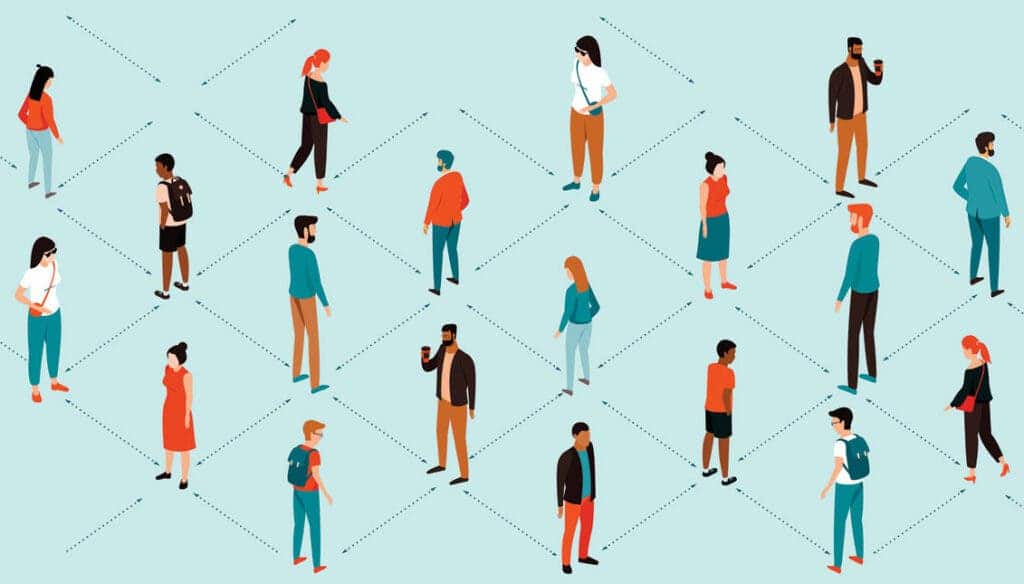A combination of self-imposed prevention measures such as handwashing and mask-wearing, coupled with government-imposed social distancing, really can keep the COVID-19 pandemic in check, a new study concluded.

Alexandra Teslya of University Medical Center Utrecht in The Netherlands and her colleagues investigated the effects of the use of protective measures against the novel coronavirus (such as face masks and handwashing), comparing their effect to that of imposed social distancing.
The researchers developed a computational model of the spread of COVID-19 based on known epidemiological information. They used the model to study the estimate the effect of various prevention measures on the number and timing of coronavirus cases.
The model suggests that if a population quickly becomes aware of the coronavirus, self-imposed prevention measures can both diminish and postpone the peak number of cases (flattening the curve). If the efficacy of the self-imposed measures exceeds 50%, a large epidemic can be prevented.
Meanwhile, if awareness is maintained at a modest level, the epidemic can’t be prevented but certain benefits remain — such as decreasing the peak size of the epidemic. But in such a scenario the timing of the peak will remain more or less the same as if no self-imposed measures are adopted.
“Even if independently each prevention measure has a modest efficacy, a combination of two or three of them by a large part of a population might be sufficient to significantly reduce the epidemic size or help prevent a large epidemic altogether, including the second epidemic wave,” Teslya told ZME Science.
The study also found that early implementation of government-imposed social distancing delays but doesn’t reduce the peak of the COVID-19 epidemic. The tighter is the lockdown the later the peak will appear.
But the best results were predicted when both actions are deployed. Combining self-imposed prevention measures (particularly if adopted quickly and by a large portion of the population) with government-imposed social distancing has the potential to both delay and shrink the peak of the epidemic, the researchers explain.
“If nearly all populations adopted self-imposed measures, we would not have to confront the possibility of secondary lockdowns as well as the possibility that we may find our medical systems overwhelmed during the peaks of epidemics. Overall, it appears to be a relatively cheap solution,” Teslya added in an email.
Professor Yuming Guo of Monash University, Australia, and colleagues wrote in an accompanying article that the new findings are important not only in minimizing initial outbreaks of COVID-19 but in strategies to prevent second epidemics. However, it should be noted that the model did not account for demographics or heterogeneity in contact patterns of different people.
Improving awareness of self-imposed interventions is critical to prevent wide-spreading epidemics, particularly among ethnic minorities and elderly populations. “Many of the self-imposed prevention strategies have very limited impact on the economy but contribute very significantly to epidemic control,” they wrote.









